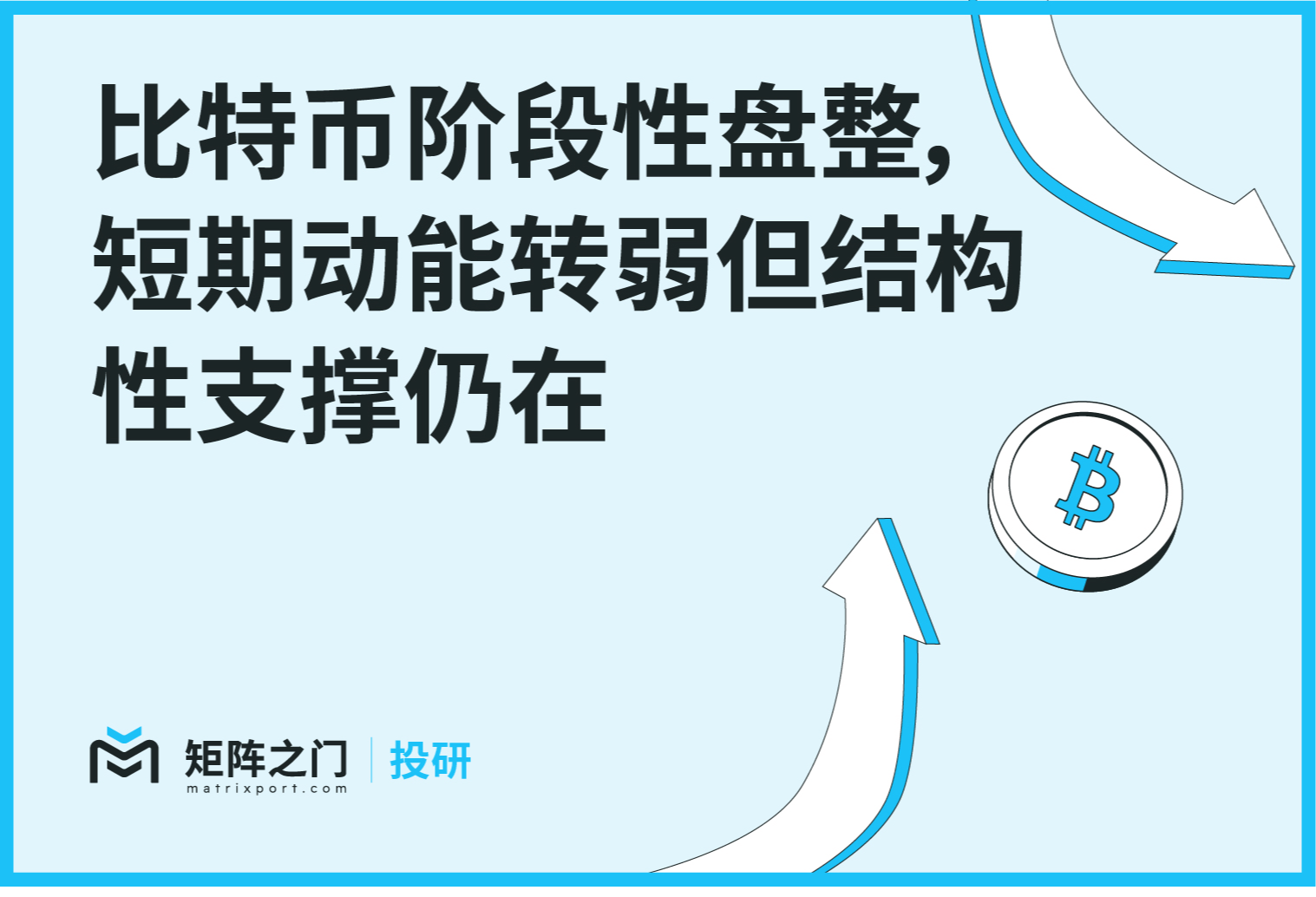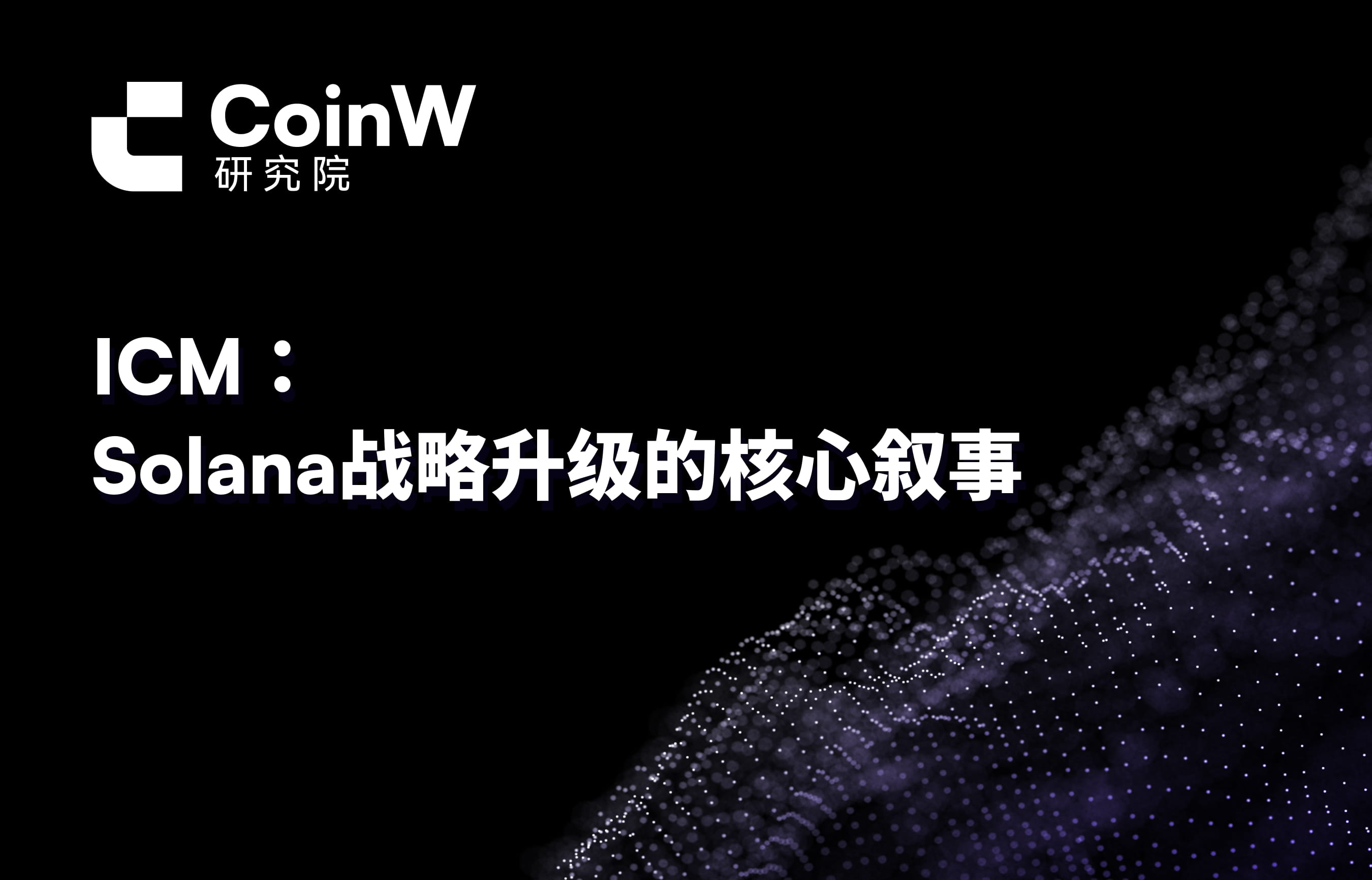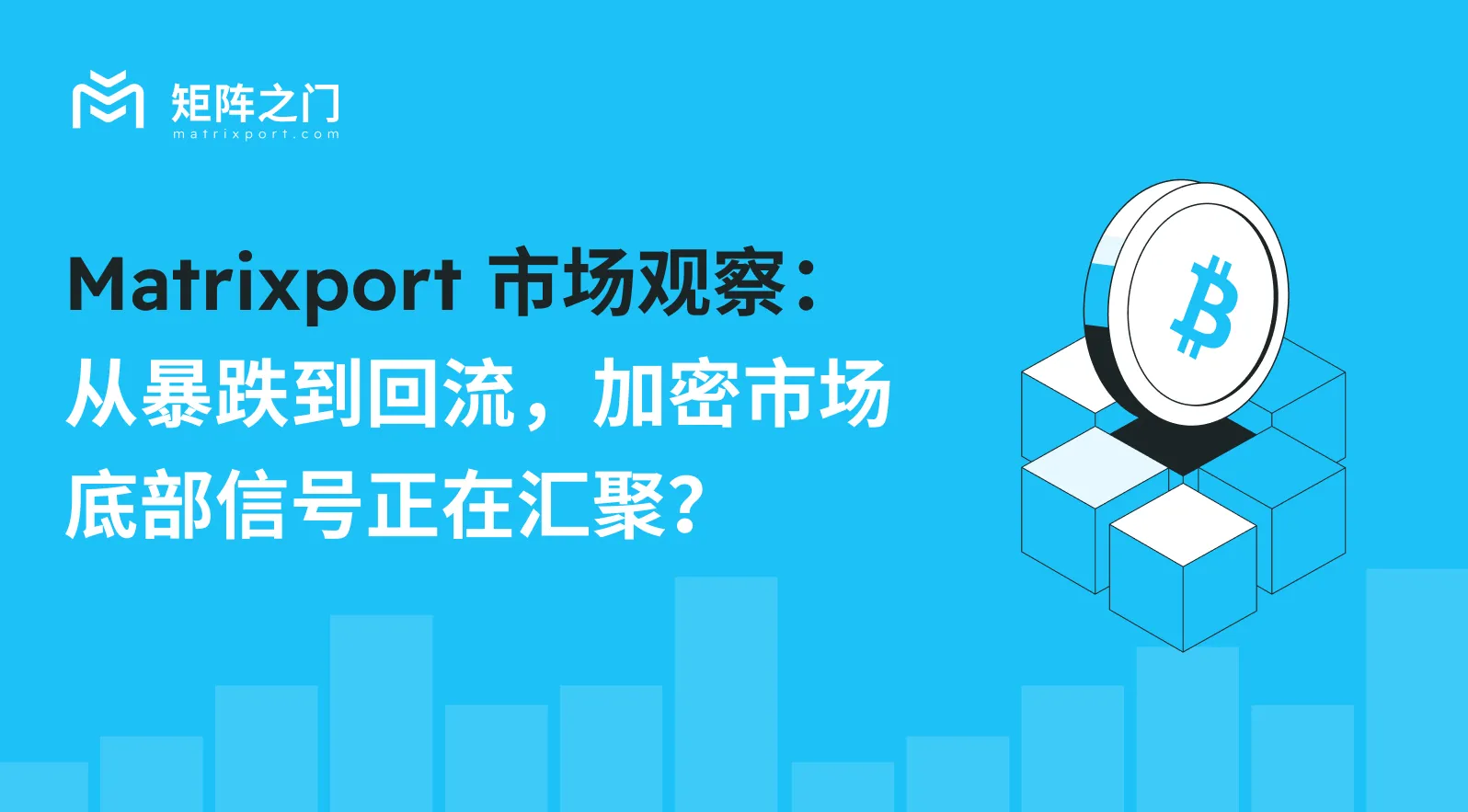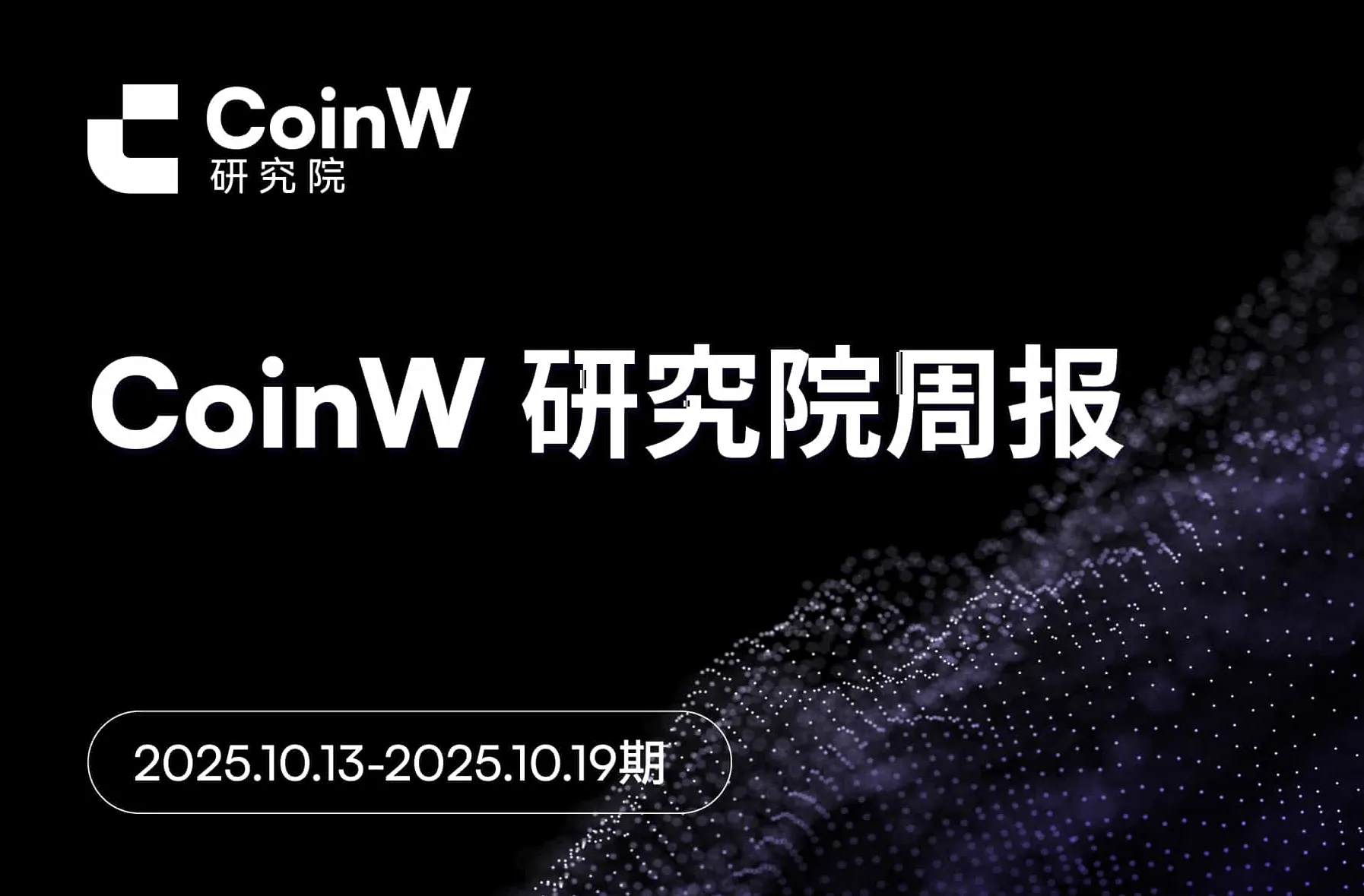CoinW Research Institute
Limitless Labs (LMTS) is a decentralized prediction market platform built on the Base chain. The project gained significant attention in its early stages, completing a $10 million seed round led by 1confirmation, with investors including well-known institutions such as DCG, Coinbase Ventures, and F-Prime. However, on October 22, 2025, with the official launch of the LMTS token (TGE), large on-chain transfers, market volatility, and vague explanations from the team made this TGE a hot topic in the crypto community.
- Event Review
On October 22, 2025, Limitless completed its TGE on the Base chain, and the LMTS token officially launched. However, shortly after the TGE, there were significant token transfers and sell-offs on-chain. Some KOLs pointed out that the Limitless team transferred 5 million LMTS to a wallet and quickly sold it, making a profit of about $2.3 million. Subsequently, another 10 million tokens were transferred in and immediately sold, causing severe market price fluctuations and community panic.
In response to the doubts, founder CJ explained that these addresses were used to prevent sniping bots, known as the "Banana Gun" mechanism, aimed at stopping automated front-running and protecting ordinary investors. However, since the team did not disclose the relevant operational strategies in advance or explain the fund management methods, this explanation did not alleviate concerns. Even if the initial intent was not malicious, in a market lacking transparency and trust, vague explanations alone can trigger a collapse of trust.
- Mechanism and Operational Analysis: What is the "Banana Gun Address"?
In the decentralized world, TGE often becomes a feast for sniping bots. These bots can automatically purchase tokens the moment they go live, leveraging extremely high block monitoring speeds and script execution efficiency, profiting before ordinary users can even click. This automated sniping behavior often leads to instant price surges and severe volatility, making it nearly impossible for retail investors to participate.
To address this, some project teams have begun to introduce "anti-sniping mechanisms," including delayed trading launches, phased token releases, setting up whitelists, or using specific "protection addresses" to execute strategies. The "Banana Gun Address" mentioned by Limitless is a representative of this type of mechanism. Originally, Banana Gun was an automated trading tool widely used in the Ethereum and related chain ecosystems for quickly buying, selling, or sniping newly launched tokens. Some project teams utilize its automation features to set up a "sniping address" specifically to control initial liquidity or prevent external bots from excessively interfering with the market. Theoretically, this method aims to allow the official team to "guard" the token price through automated scripts, ensuring initial market stability.
However, the issue with Limitless is that this "Banana Gun Address" is controlled by the team and was not disclosed to the community in advance. When this address transferred in and out tens of millions of LTMS tokens and sold them shortly after the TGE, the market naturally interpreted its actions as an official dump. Although founder CJ clarified on X that the address was used to prevent sniping rather than for selling, the lack of prior explanation and third-party audits made the explanation seem weak.
- Market Reaction: Price Fluctuations and Community Sentiment
According to CoinMarketCap data, LMTS initially surged after launch but then quickly fell over 60%, with liquidity plummeting. Community confidence collapsed in a short time, leading to heated debates among KOLs and users on social media. Some investors believed that the team operated large amounts of funds under the guise of "anti-sniping," effectively blurring the boundaries of internal behavior; while others pointed out that the project's public relations pace and information disclosure were too delayed, exacerbating market panic.
For investors, if these wallets are anti-sniping tools, there must be clear rules and prior announcements; otherwise, ordinary users may still be "shaken out" during price fluctuations. However, currently, the publicly available on-chain data has not fully verified CJ's claims, and the details of token transfers and transactions lack transparent explanations. Even if the team claims to have mechanisms to protect retail investors, market trust still depends on whether operations are fair and verifiable. The public opinion effect on social media is particularly deadly in the decentralized world. Once trust is questioned, the market no longer needs the truth to set prices. In high-attention events like TGE, delayed communication and vague responses are more likely to destroy credibility than the "misconduct" itself.
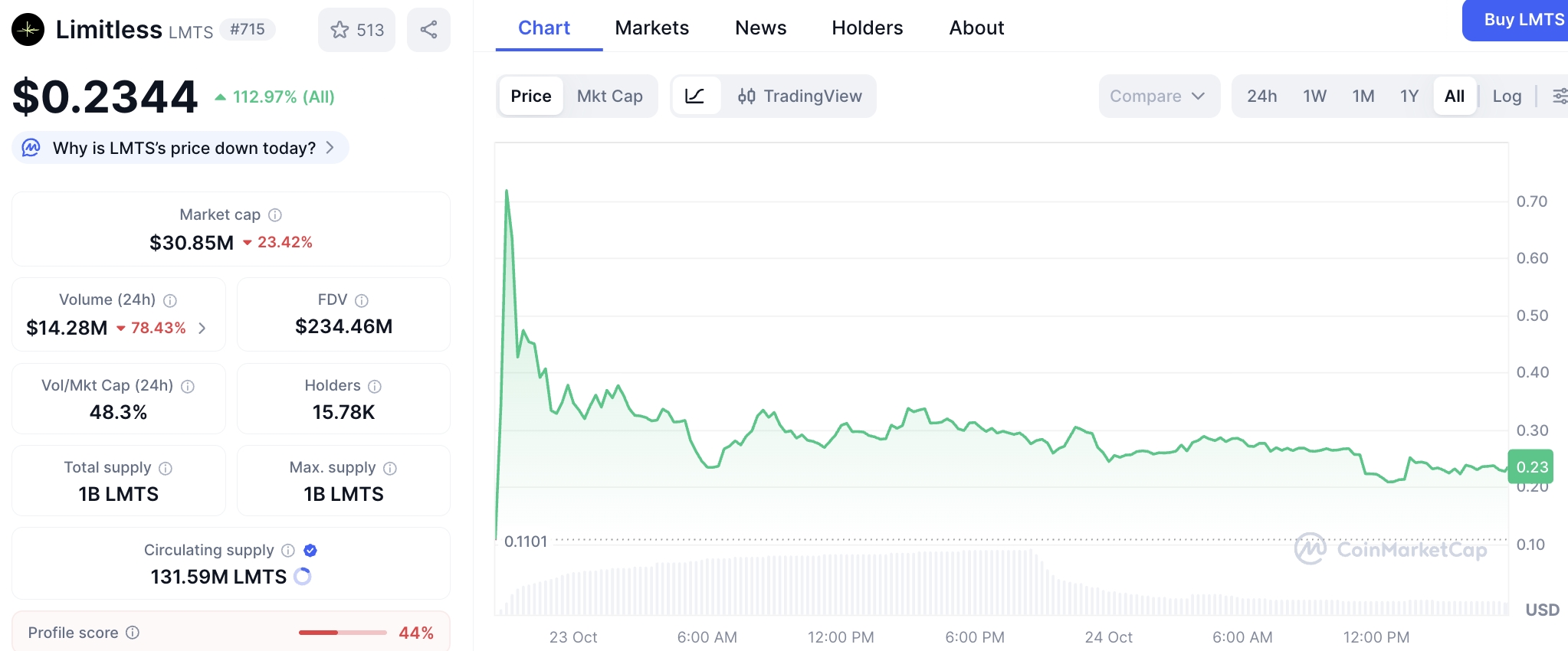
Figure 1. LMTS token price. Source: https://coinmarketcap.com/currencies/limitless-lmts/
- Potential Risks of the TGE Model from Limitless
The Limitless incident once again highlighted the hidden dangers of the "TGE (Token Generation Event) model." This method, originally seen as public, fair, and transparent, has exposed numerous vulnerabilities in practice.
Information Asymmetry Between Team and Market
The original intent of TGE is to allow more people to participate fairly in early projects, but in reality, teams and early participants often have far more information advantages and price space than ordinary users. They know the issuance rhythm, initial prices, and even token distribution strategies in advance, allowing project teams or insiders to "control the market" at critical points, leaving ordinary investors as the last ones to take over.
Lack of Lock-up Mechanisms and Transparent Address Management
In the Limitless incident, the frequent transfers and unclear operations of the project team's wallet triggered market panic. Due to the lack of clear lock-up mechanisms and explanations for address usage, it is difficult for outsiders to determine the true destination of these funds. This lack of transparency not only undermines market trust but also renders the original intent of "public issuance" meaningless.
Risks of Automated Sniping Competition
In the DeFi world, sniping bots have almost become standard for TGE, but if these bots are controlled by the official team or insiders, fairness is completely lost. Retail investors desperately try to buy, only to find that all quotas have been swept away by official bots within a second; this competition makes the "open and fair" issuance scene feel more like a scripted play.
Disconnection Between Investor Education and Project Transparency
Most retail investors do not understand the logic of on-chain fund flows and find it difficult to determine the true use of funds by the project team through block explorers. In a situation of high information asymmetry, they are more easily swayed by social media emotions and KOL statements, blindly following trends and ultimately falling into losses.
- Structural Dilemma: The Trust Test of Prediction Markets
The trust crisis of Limitless also exposes the structural challenges of the prediction market track. Prediction markets are essentially a form of financial derivatives, highly reliant on liquidity and participant confidence. When market enthusiasm wanes or liquidity is insufficient, project tokens can easily become speculative targets rather than reflecting real value. The significant price fluctuations of LMTS indicate that innovative mechanisms cannot fully bridge the trust gap. The fairness and decentralization of prediction markets, if lacking institutional support, can easily be suspected of being "another form of centralized gambling." Projects operating in compliance gray areas need to set higher standards in information disclosure, fund custody, and governance transparency.
- Conclusion
The Limitless incident once again proves that in the era of "on-chain openness," transparency does not equate to trust. Without institutional constraints and behavioral norms, so-called public issuance can still devolve into an insiders' game.
The TGE model is undoubtedly an important tool for new project financing and community building, allowing more people to participate in early innovations. However, when mechanisms lack constraints, fund flows are opaque, and project responsibilities are blurred, this model poses significant risks to users. Therefore, the TGE process also needs to be verifiable on-chain: token distribution, lock-up, and liquidity arrangements should be made public, and exchanges or Launchpads can introduce third-party audits and fund isolation mechanisms to prevent funds from being manipulated or sold off prematurely.
True trust should be built on a mechanism with clear rules, effective constraints, and equal rights and responsibilities. Project teams should disclose information and fulfill commitments; platforms should conduct strict audits and assume risk control responsibilities; investors should possess independent judgment and learn to identify risk signals rather than blindly follow emotions and KOLs.
免责声明:本文章仅代表作者个人观点,不代表本平台的立场和观点。本文章仅供信息分享,不构成对任何人的任何投资建议。用户与作者之间的任何争议,与本平台无关。如网页中刊载的文章或图片涉及侵权,请提供相关的权利证明和身份证明发送邮件到support@aicoin.com,本平台相关工作人员将会进行核查。
